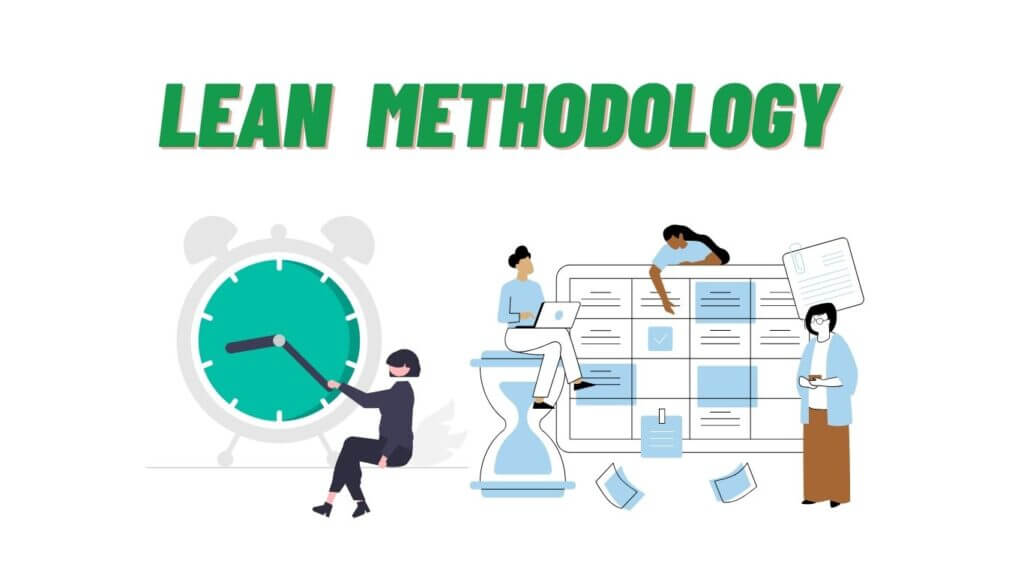Great Leaders Are Seen and Heard – The Value of Daily Interaction With Employees
Every successful leader knows what they need to do to make their organization more productive and work environment more positive – engage their employees, preferably every day. The benefits of positive daily interactions with employees are, after all, many and far-reaching. Increased morale, enhanced work satisfaction, better collaboration with team members, and, ultimately, increased productivity. The question is not whether you should check in with your employees on a daily basis, it’s how to do it without making your employees feel like you’re micromanaging them. Below, we give you the best (non-suffocating) ways to be seen and heard regularly by your team so you can create a workplace environment that fosters trust, interaction with employees boosts morale, and ultimately drives better results.
Table of Contents
What is employee interaction?
Employee interaction is the process of communication and collaboration among the members of an organization. It involves sharing information, ideas, feedback, and opinions in a respectful and constructive way. Employee interaction can have positive effects on the performance, productivity, creativity, and morale of the organization. It can also foster a culture of trust, teamwork, and innovation.
Why is interaction important in the workplace?
Interaction is important in the workplace because it fosters collaboration, communication, and innovation. Because it can help employees share ideas, solve problems, and learn from each other. Interaction can also build trust, respect, and rapport among coworkers, which can improve morale, productivity, and satisfaction. Interaction can also create a positive work culture that values diversity, inclusion, and feedback.
Building Trust Through Visibility
No one likes a manager (or any other type of leader) who only shows up when there are major announcements to be made, or there is a crisis to be avoided. While the presence of a leader during such moments is extremely important, if you want to build trust with your employees, it’s not enough to surface only during big events.
Daily interactions, whether in person or through digital platforms, even if very short, are what is needed to build a foundation of trust. And this really is a foundation – if your employees don’t trust you or feel uncertain about your commitment to the team, they’re likely to feel anxious at work. But by being present and consistent each day, you show that you are approachable, willing to address concerns promptly, and open to feedback.

Boosting Morale Through Recognition and Daily Interaction with Employees
Research shows that recognition can be a powerful motivator. Best of all? It doesn’t even have to come in the form of monetary incentives (although money never hurts, of course); even symbolic rewards like public recognition and congratulatory cards can greatly boost the performance and motivation of employees.
Here’s another reason to acknowledge your top talent regularly. This action helps reinforce positive behavior, which, by extension, helps improve your entire workplace culture. So, make sure you consistently recognize and celebrate the successes of your team members. A simple “thank you,” or a brief note of appreciation can go a long way in making employees feel valued.
Driving Results Through Alignment
One of your most important tasks as a leader is to make sure everyone on your team is on the same page. Hence, helping each other reach those weekly, monthly, and yearly goals. The only way you can do this effectively is through regular communication with your employees. Daily interactions with employees that consist of updates on strategic objectives, progress reports, and discussions about future plans can help align your team with the organization’s goals and vision.
When employees understand how their work contributes to the broader picture, it creates a sense of purpose. Regular communication ensures that everyone is aware of the company’s direction, making it easier for individuals and teams to align their efforts toward common goals.
Applying Lean Methodology to Strengthen Relationships

Now that you’re hopefully thoroughly convinced of the importance of daily interaction with your employees. Let’s delve into practical tips for making it a reality. Because the purpose is to find a way to have daily talks with your team members about their work without smothering them or wasting their (and your) time, it’s a good idea to adopt a lean process improvement methodology here.
Why this process? Because it can help you streamline communication while building a foundation for strong and collaborative connections.
- Schedule Regular Check-ins with Purpose: In lean methodology, the emphasis is on purposeful activities that add value. Apply this principle to your one-on-one and team meetings by focusing on critical discussions that contribute directly to goals and productivity. At the same time, avoid unnecessary details to ensure that each interaction serves a meaningful purpose and adds value to your team members’ work.
- Use Digital Platforms Strategically. Lean methodology encourages the elimination of waste, and this extends to digital communication as well. Use technology purposefully, choosing platforms that enhance collaboration and information sharing while minimizing unnecessary steps.
- Be Visible and Approachable Most of the Time. It’s good to be seen and heard most of the time, but there’s no reason to hang around your employees all day, every day. Using the lean process improvement methodology, it’s easy to discover the most important times a leader should be present. During team meetings first and foremost, by participating in (virtual) coffee breaks often, and by walking around the office occasionally.
- Encourage Continuous Feedback. Lean methodology is all about continuous improvement, and you should be, too, when it comes to your approach to feedback. Be open to input and seek it out from your team members in order to create an environment where they feel comfortable sharing thoughts, ideas, and concerns.
In Conclusion: Interaction With Employees
In the hectic world of leadership, taking the time for daily interaction might seem like a challenge. But the benefits far outweigh the investment. Your team looks up to you not just for guidance but for a connection that goes beyond the professional realm. Your daily interactions shape your work culture, so be present, be heard, and be the great leader your team deserves.

Business Developmeny Manager at PAS InfoCom Technologies Ltd. Experienced in project management with a demonstrated history of working in the information technology and services industry.











👋 Angela, you’ve pinpointed crucial aspects of leadership. Daily interactions are key for trust and morale, but it’s a fine line to avoid micromanagement. 🤔 Have you found specific techniques that help balance visibility with giving space?
Organizational Network Analysis (ONA) can subtly track these interactions, aiding in maintaining that balance while ensuring effective leadership. 🌐